Gender journey & identities
“Be it fixed or fluid, identity has purpose and practicality”
“On the whole, identities of all kinds certainly serve a useful, if not pragmatic, way of distinguishing myself from another. One is old or young, an only child, a teacher and so on. And for eons gender roles and their related identities have been used to quickly point to one with certain characteristics. Though there’s plenty of evidence that many indigenous cultures have had more than the common female and male identities. Even outside of these cultures there’s no doubt many who’ve resisted these limiting labels.
Today, it seems the binary has alas run its course and the evidence is quite clear the threshold has been reached. As with all other aspects of human civilization, change is initially met with resistance and doubt which is eventually followed by acceptance and adoption.
The adoption of fire, how and what we consume, the generation and use of energy, how we get around and communicate, all go through a process of creation, followed by a slow increase of use and then a rapid expansion to become the “new normal.” A primary example is the increased acceptance of gay marriage, where societal acceptance became so wide spread that archaic laws began to change.” — Leeza Edwards
Gender pathways
Understanding and embracing your gender looks different for everyone. Some people may change the way they dress, while some don’t. Some people may take hormones or undergo surgeries, while others don’t. Some may experience discomfort over certain body parts or how they are perceived, while others will not.
All paths are valid - our hope at NWGA is to make you aware of the possiblities that may exist to affirm your gender, and give you a safe place to explore or discuss these options.
Gender expressions
How you choose to present your gender to the world. These are the things you do externally to convey who you are along gender lines. This can include hair length and styling, jewelry, color and style of clothing, makeup, and other aspects of your appearance and grooming.
Just like the examples at the top of this page, new self-identifying terminologies emerged in the early 2000’s. “In the broader view, we could see this as an evolutionary step in humanity. Seeing ourselves as far more expansive” than previous generations.
What is the essence of self?
Do you see the beauty and application of gender or only its inherent limitations?
Talking and listening
A short TED talk from Jack on dispelling misconceptions and awkwardness often experienced in communicating transness
Self identity
What does it mean to be you?
Who you are is such a personal thing - it is a strong, internal sense of who you are or should be that persists. It is something that is with you no matter what your life circumstances are, and ignoring it can cause a lot of distress. Sometimes it takes time to figure out who you are too - and that’s okay! We are here to help and cheer you on.
“To be yourself in a world that is constantly trying to make you something else is the greatest accomplishment.”
Transitioning
According to transequality.org, “Transitioning is the time period during which a person begins to live according to their gender identity, rather than the gender they were thought to be at birth.”
What does this mean? This means that a person is actively taking steps to live as their true gender.
Transitioning is not about becoming a certain gender, you’ve always been who you are - it’s a process of changing your body and/or behavior to better fit your true gender, to whatever extent is necessary for you to be happy with you!
There are many ways to transition - these can be done in any order, and you are welcome to do all, some, or none of these - it’s up to you!
-
Physical transition can involve so many things, but here’s a few:
-Binding: for those that wish to have a flatter chest, wearing a binder or using binding tape can create the appearance of a more masculine chest.
-Breast forms: wearing breast forms can give or enhance your breast size and shape.
-Waist training: training your waist with corsets can create a more feminine hourglass figure over time.
-Weight lifting: lifting weights can help you develop a broader, more developed upper body for a more masculine look, or larger thighs and hips for a more feminine look.
-Makeup: starting or stopping makeup, or changing makeup styles can allow you to drastically change the appearance and perceived structure of your face.
-Clothing: changing your clothing to be more masculine, feminine, or androgynous can accentuate aspects of your body and minimize others, to create a presentation you are happier with!
-Hair: how you cut or style your hair can have a huge impact on how you frame your face or look from behind. This can drastically alter how masculine, feminine, or androgynous you look. -
-Voice: changing your voice mannerisms, pitch, vocabulary, and other elements can change how you interact, show emotion, and are perceived by others along gender lines. If you’re looking for voice training tutorials or lessons, check out Your Lessons Now!
-Body language: how you walk, sit, stand, reach for things, and other nonverbal behaviors can influence how you feel or are perceived with respect to your gender.
-Therapy: some transgender people choose to work with a therapist as part of their transition. This can help you decide what parts of your transition are a priority, find out more about what options exist, help you navigate relationships with friends/family/coworkers, and learn coping strategies to make transition easier.
-NB: unfortunately, working with a therapist may be necessary at some point, whether you wish to or not. The reason for this is that support letters from therapists are often required for many gender affirming surgeries, and sometimes even for hormones. -
Some folx decide that taking hormones is an important step to their transition. Taking hormones will cause gradual changes, some of which are reversible while some are not. Here are some of the things that hormones can affect:
-Body fat distribution
-Fertility
-Genitals
-Skin
-Face
-Voice
-Body/facial hair
-Hand/foot size
If you are considering hormones (often called HRT or hormone replacement therapy), you can be proscribed hormones by either an endocrinologist or a general doctor that specializes in transgender hormone therapy. -
There are many surgeries that gender diverse folx may consider as a part of their transition. Some folx want some or all surgeries they can have, while others do not - it is up to you!
Here are some of the gender affirming surgeries that currently exist:
-Phalloplasty/metoidoplasty: creation of a penis
-Labiaplasty: creating the labia minora and the labia majora, the folds of skin surrounding the human vulva-Vaginoplasty: creation of a vagina. Hair removal is often required prior to surgery
-Facial feminization surgery
-Hair implants
-Facial masculinization surgery
-Breast augmentation/implants
-Breast reduction/removal
-Voice feminization surgery
-Voice masculinization surgery
-Rib reduction/removal
-Fat transfer to butt/hips
-Clavicle shortening
-Laser hair removal
-Electrolysis: the only FDA-approved method for permanent hair removal
Coming out
Coming out is the process of telling or showing other people your gender or sexuality, when they have assumed that one or both was something else. For example, if you come out as a transgender man, you are letting people know that you are a man, when they would’ve thought or assumed that you were a woman before telling them.
Coming out can feel like a scary process - you often don’t know how people will feel when you share the news with them, or it may be easy to imagine that they will not handle it well. Whatever the case, we are proud of you, and want to give you more information on what coming out might look like in different settings.
-
Telling family and friends your truth is a deeply personal experience that you may handle in many ways. Some of the ways that people discuss who they are in these settings are:
Face to face (ex. at home, while getting coffee, dinner)
Over the phone (call or text)
Social media post
Letter in the mail
Different people will come out to family and friends in these different ways, based on several factors:
Relationship with the person
Communication style
Known or perceived attitude of the person towards folx that are LGBTQ+
Different ways of coming out will work differently based on the situation - it is up to you, and what you are most comfortable with.
-
Coming out to coworkers, managers, and customers can be a unique and intimidating process. Luckily, the law is often on your side - there are many protections and rights that you have as a gender diverse employee.
While there are many ways to handle coming out at work, most people handle coming out at work in two ways:
1) letting their supervisor know
2) going straight to HR
After coming out at work, companies will handle letting other people know in a few possible ways. They may do one or more of the following:
1) send out a mass email to your department,
2) have private meetings with you and/or your supervisors
3) a group meeting with all your coworkers
4) they may leave it up to you to tell people as you see fit
Whatever your work’s policies may be, you should discuss with your supervisor and/or HR how you would like to handle the coming out process - it’s your journey!
-
In a digital age, coming out online is often an important step. This may or may not overlap with coming out in other places, such as to friends or family.
There are a few ways that people will come out over the internet:
1) posts on their social media profiles, updating name/pronouns/pictures
2) mass emails to people you wish to come out to
3) messaging individuals or groups you wish to come out to
While everyone’s journey is different, many people will come out online or on social media as one of the last steps they take. The choice is yours.






